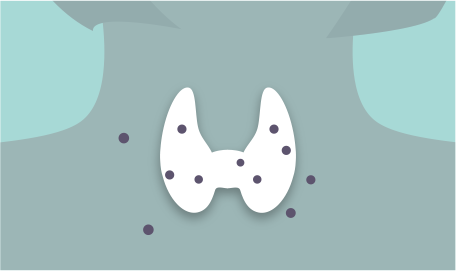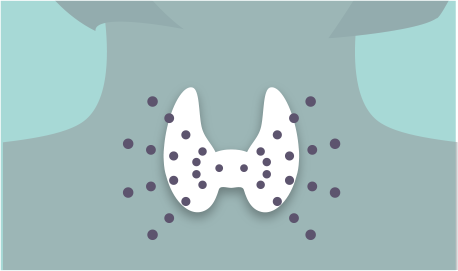Thyroid-Stimulating Hormone
The pituitary gland (located at the base of the brain) controls hormone production in your body. More specifically, it produces thyroid-stimulating hormone, or TSH, which tells the thyroid gland how much T4 (thyroxine) and T3 (triiodothyronine) to make.1
Learn more about the role of the thyroid (1:16)
What does the TSH level in blood mean? TSH levels indicate how much T3 and T4 the thyroid gland is producing. There is an inverse relationship between T4 and TSH. For example, when there is abnormally low T4 and high TSH, this is hypothyroidism. On the other hand, hyperthyroidism occurs when there are abnormally high levels of T4 and low levels of TSH.1
Two common types of thyroid disorders1:
- Hypothyroidism, or underactive thyroid
- Hyperthyroidism, or overactive thyroid


